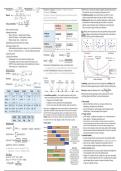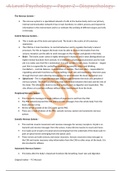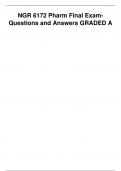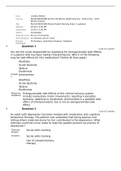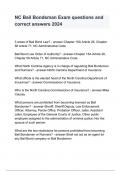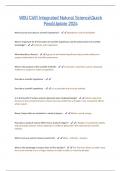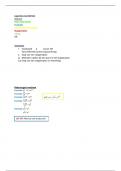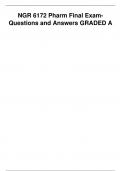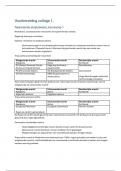Samenvatting
Summary Cheatsheets for Data Mining and Machine Learning courses
- Instelling
- Tilburg University (UVT)
The file contains cheatsheet materials for two M.Sc. DSS core courses, Data Mining for Business & Gov. (880022-M-6) and Machine Learning (880083-M-6). Both cheatsheets have been tested on multiple mock exams as well as used successfully in the actual exams. Includes python codes for Machine Learni...
[Meer zien]
